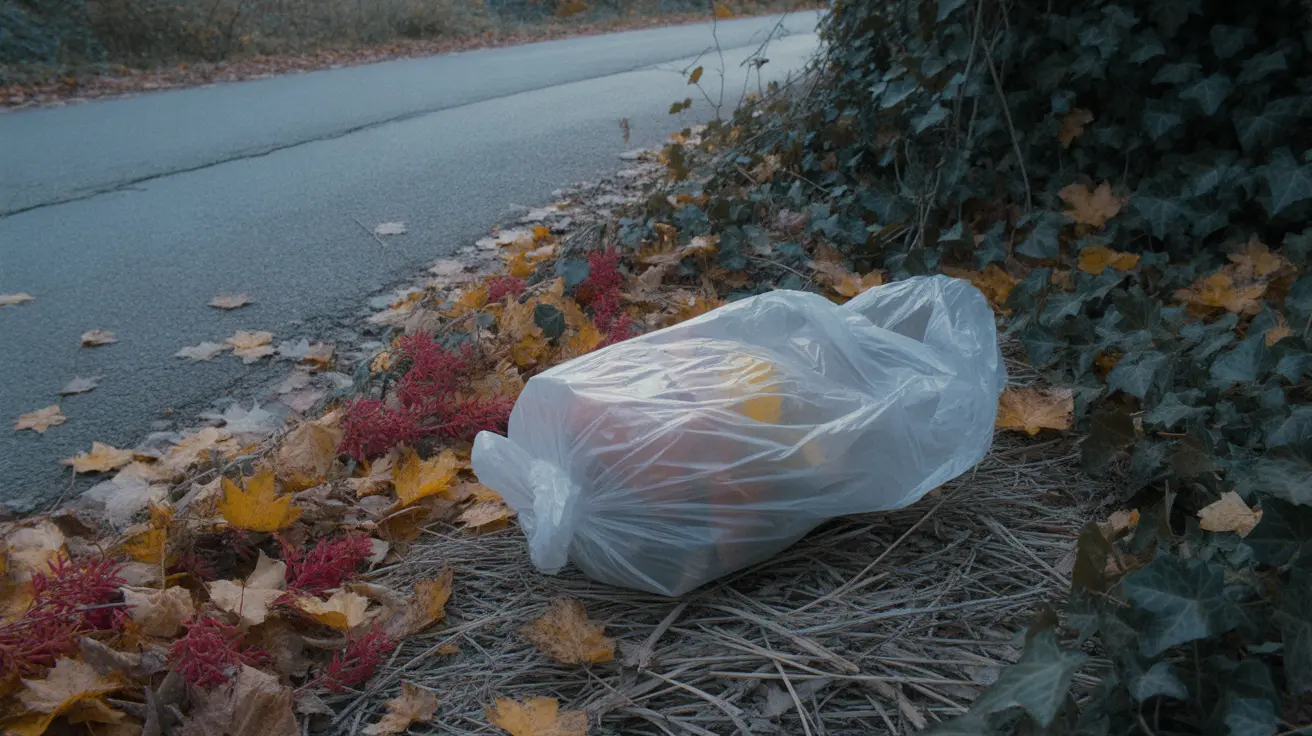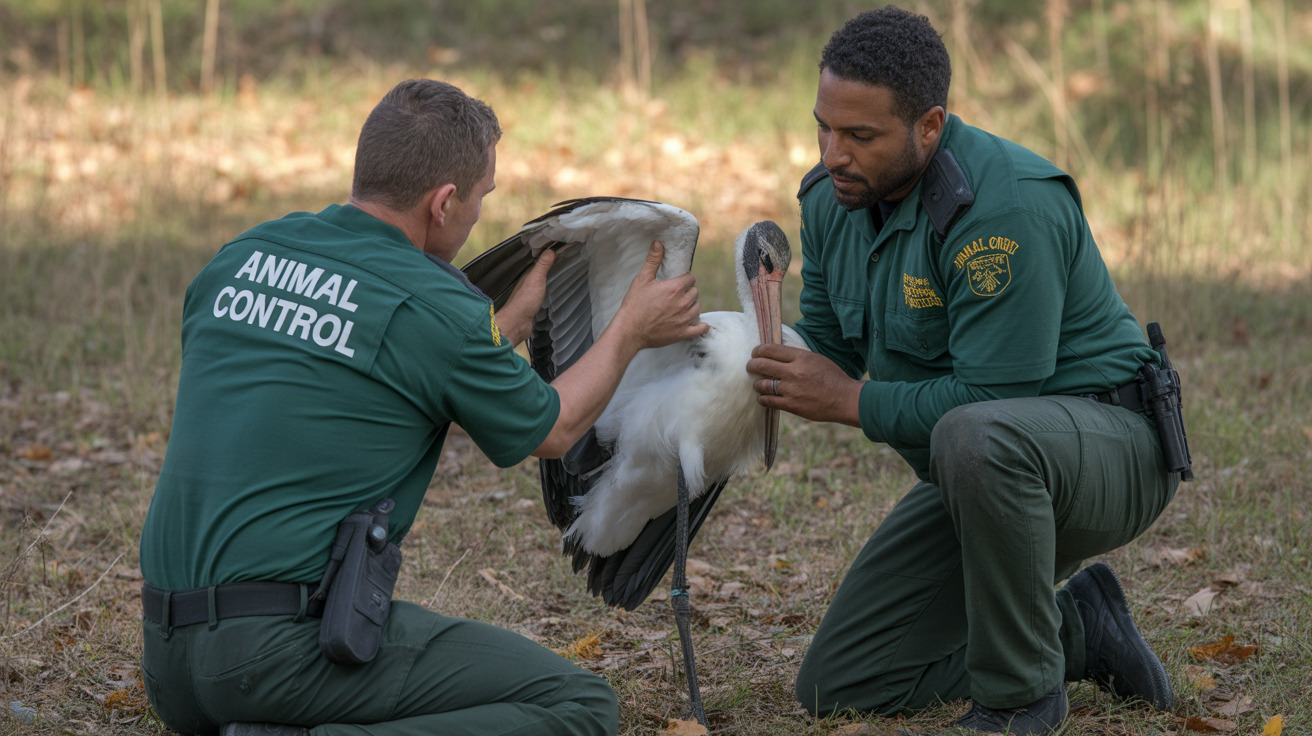What to Do If Your Dog Eats Part of a Corn Cob
Corn on the cob is a summertime favorite for many families, and dogs often find it just as tempting. While corn kernels themselves can be safe in small amounts, the corn cob poses a significant danger for dogs and should never be offered as a treat. If your dog manages to eat part of a corn cob, quick and informed action is essential to prevent serious health complications.
Why Corn Cobs Are Dangerous
The fibrous nature of corn cobs makes them difficult for dogs to digest. Unlike softer foods that can pass through the gastrointestinal system, corn cobs can become lodged in the stomach or intestines, causing a blockage that can be life-threatening if not addressed promptly.
Risks associated with corn cob ingestion include:
- Choking: Especially true for small and medium-sized breeds.
- Gastrointestinal obstruction: The cob may lodge in the intestines, requiring surgery.
- Dehydration and infection: As waste products accumulate, it can lead to secondary issues.
- Potential death: Delay in treatment may cause ruptures or septic shock.
Symptoms of Corn Cob Ingestion
It’s important to observe your pet closely if you suspect or know that they’ve eaten a corn cob. Some symptoms may not appear immediately and can take hours or even days to manifest. Common signs of intestinal obstruction include:
- Vomiting or unsuccessful attempts to vomit
- Loss of appetite
- Abdominal pain or discomfort
- Whining, panting, or adopting a hunched posture
- Straining or inability to defecate
- Diarrhea or black, tarry stools
- Excessive drooling
- Lethargy or low energy
- Collapse in severe cases
What to Do Immediately
If you suspect your dog ate part of a corn cob, do not attempt to induce vomiting unless specifically instructed by your veterinarian. Follow these steps:
- Contact a Veterinarian Immediately: Describe what happened, the size of the dog, and the amount ingested.
- Do Not Wait: Waiting could lead to serious complications. Even if your dog seems okay, internal damage may be occurring.
- Monitor Symptoms: Keep a close eye on your pet for at least 72 hours for any signs of distress.
Treatment Options
Depending on how much of the cob was eaten and whether symptoms are present, treatment may vary. Options include:
- X-rays or Ultrasound: Imaging to determine if a blockage has occurred.
- Endoscopic Removal: In some cases, the cob can be retrieved without surgery if still in the stomach.
- Surgical Intervention: Gastrotomy or enterotomy may be required for removal if lodged in the intestines.
Even Small Pieces Can Be Harmful
Even fragments of a corn cob can cause problems. Dogs who seem fine after chewing or lightly ingesting may still develop complications. Monitor closely for changes in:
- Appetite
- Energy level
- Bowel movements or straining
- Behavior, such as increased agitation or lethargy
Preventing Accidental Ingestion
Prevention is always better than emergency care. Here are practical ways to keep your dog safe:
- Secure Trash Cans: Use bins with lids your dog cannot access.
- Clear Plates Quickly: Dispose of leftovers promptly.
- Educate Guests: Inform visitors not to feed dogs table scraps.
- Monitor Outdoor Meals: Supervise dogs during picnics or BBQs.
- Train "Leave It" Commands: Helps prevent ingestion of unsafe items.
Safe Alternatives to Corn Cobs
While the cob is unsafe, the corn itself can be included in your dog’s diet in moderation. Consider these guidelines:
- Plain, cooked corn kernels off the cob are generally safe.
- No added salt, butter, or seasonings.
- Commercial dog foods may include corn as a carbohydrate source.
- Plain, air-popped popcorn without additives is okay sparingly.
- Avoid unpopped kernels and flavored varieties.
Conclusion
The ingestion of even part of a corn cob poses a significant health threat to dogs. Although small amounts of plain corn can be a healthy snack from time to time, corn cobs should always be kept out of reach. If your dog eats one, seek immediate veterinary care to ensure their safety and well-being. Being proactive through proper disposal, supervision, and training is your best defense against this easily preventable emergency.





